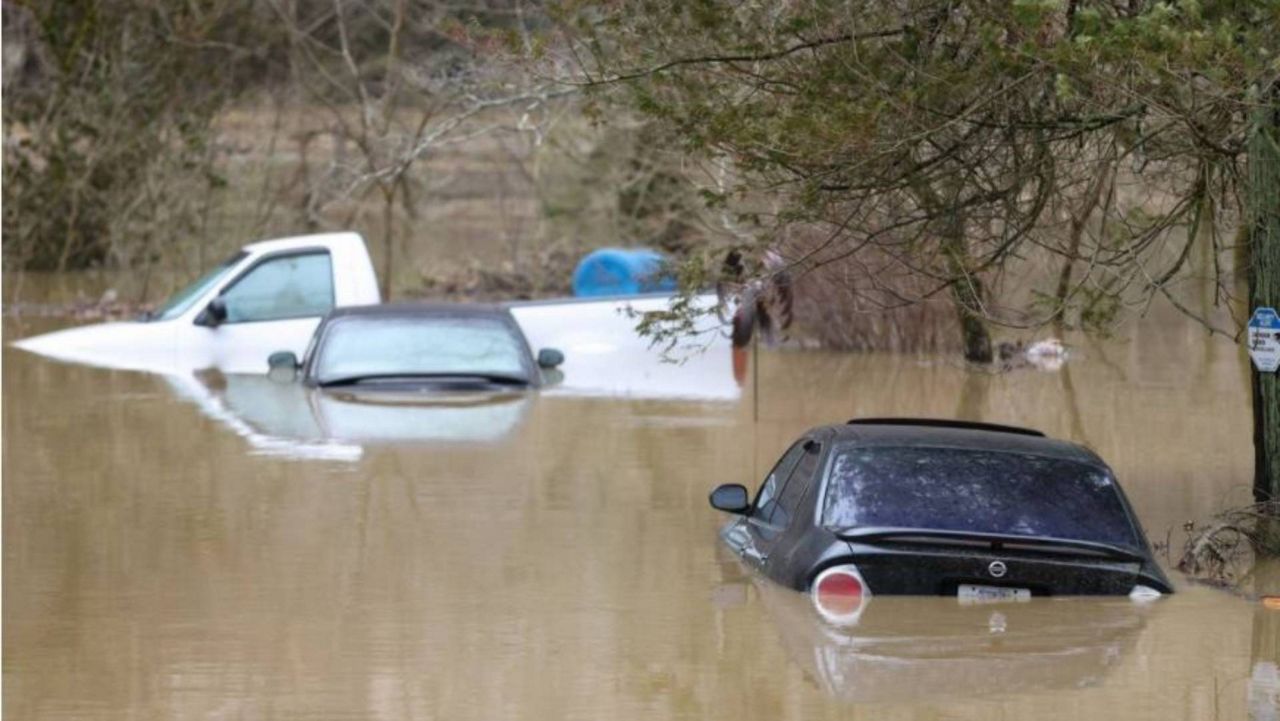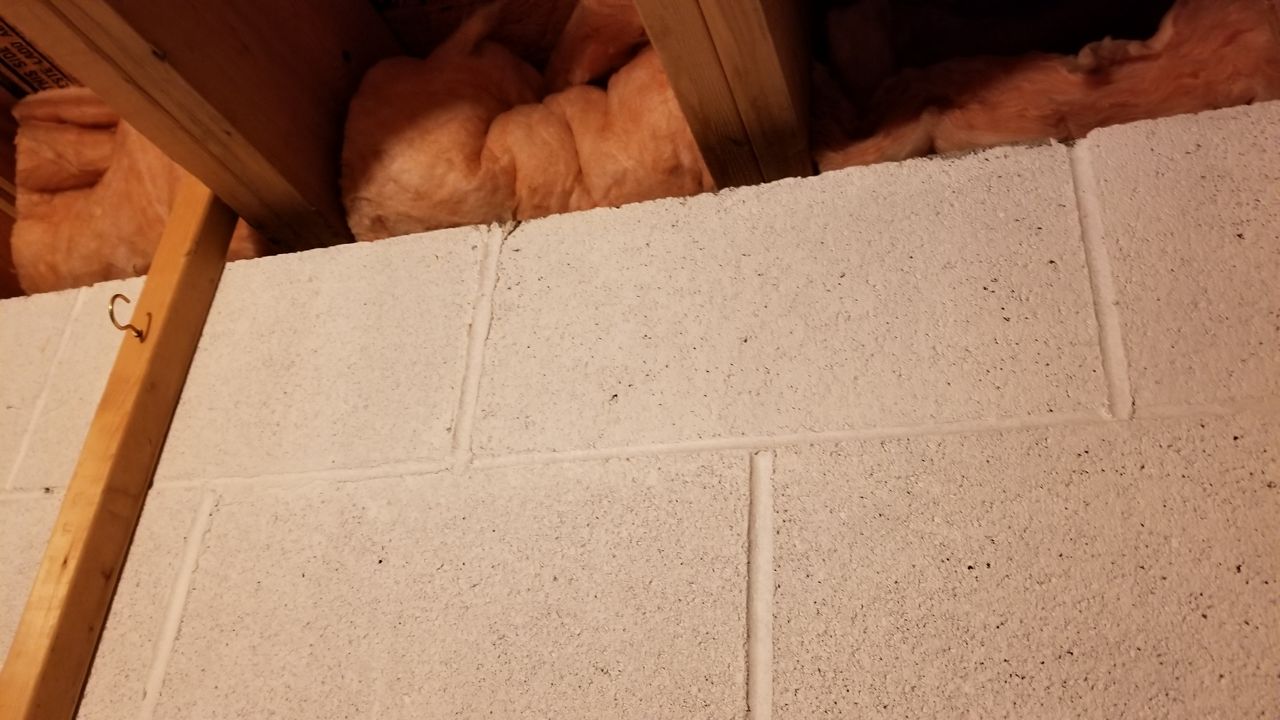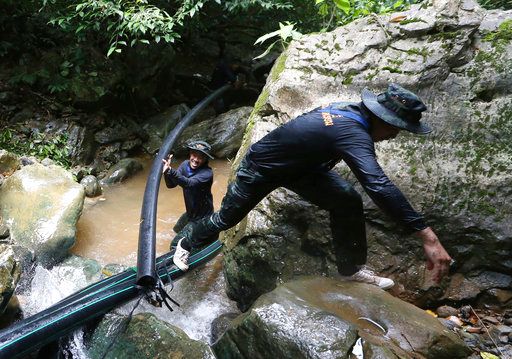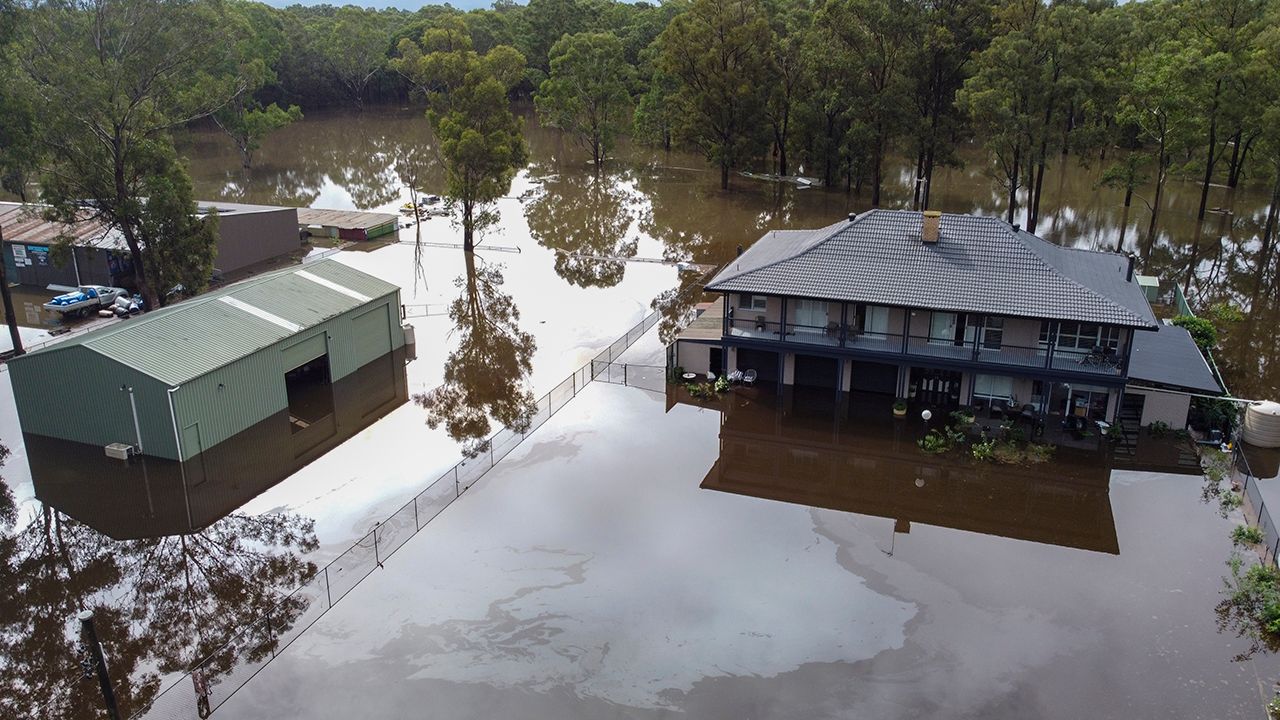For many of us, the cold and snow of winter are in the rearview mirror as temperatures climb and spring weather patterns emerge. With rain and thunderstorms now the main precipitation forms we will see for at least the next few months, it's a great time to talk about flooding and how you can prepare and protect your home from its potentially devastating effects.
What You Need To Know
- Flooding and flash flooding can occur anytime, anyplace and anywhere
- Preparing your home, even if you don't live in a floodplain, is key to preventing or minimizing damage
- Sealants, caulking and installing flood sensors are an easy way to detect small leaks
- Always have an emergency kit handy in case you need to quickly evacuate your home
While there are many types of flooding, from poorly drained areas to rivers to coastal, common watches and warnings in the spring include the very basic sounding Flood Watch/Warning to the more serious Flash Flood Watch/Warning.
The main difference: Flood Warnings may last for days or even weeks, as they are typically issued when an overflow of water is expected in an area because of heavy rain or runoff.

On the other hand, Flash Flood Warnings are issued when there is an excess rush of rapidly rising water in a short period, usually six hours or less. Flash Flood Warnings can be dangerous and even deadly.
Flood damage devastate and be both physically and mentally exhausting to deal with. The best plan of action to have is to prepare your home when the weather is dry to avoid problems later.
One of the easiest measures to take is to seal up any cracks in your foundation. Caulking is easy to find at any hardware or big box store and is relatively cheap. Over time, foundations can crack and open up areas that would allow water in. This is normal, and usually, a little patchwork with caulk is all it takes.

Sealants on your foundations and basement walls to the outside can further prevent water from seeping in and damaging your home. Applying these is as easy as setting aside a dry weekend and going over the brick, stone or concrete foundation of your home.
If you have a septic tank valve or a sump pump, make sure it's in working order. After about 10-12 years, many of these devices can become worn or break down; a simple fix or replacement will definitely cost a lot less than a flood cleanup!
Flood sensors are also a great way to protect your home. These electronic monitors can be installed alongside your home's security system and detect even small leaks. Taking care of them early on will save you headaches down the road.

If you have a sewer line, get those checked out as well, especially if it's been a long time since they were installed. Don't forget to call your home insurance company and inquire about coverage too - I recently did this and found out for just $20 a year, all breaks and problems associated with my home's city lines could be covered.
Speaking of insurance, if your home is in a floodplain, you MUST have flood insurance. In most cases, your lender would have informed you of this when you bought your house.
If you need to evacuate, you'll need supplies right away. As in any situation, it's always smart to keep an emergency kit in your car. Give this a read for more on what you should pack and store in a kit.
Sometimes, no matter how much we prepare and plan, flooding inevitably occurs. If you live in an area susceptible to it, you can minimize the damaging effects with a few other easy tips:
- Keep extra sandbags in your garage or basement. These can be filled easily and stop rushing water from seeping in.
- Gutters and drains should be kept clear of leaves and debris.
We often think of water rushing in from the bottom up, but roof and drain leaks into a home are common in heavy rain and thunderstorms. If water rises and any electric sump pump fails or is overwhelmed, get to your electrical box and turn it off. This can help prevent electrical fires and shorts.
Remember, there is no 100% guarantee that you can prevent flooding. Even if you don't live in a floodplain, flash flooding can occur anytime, anywhere, and anyplace. If you suffer damage, take pictures, videos and have documentation ready to go for when an insurance adjuster arrives.
If you aren't sure what kind of protection you and your family might need, call a contractor. A professional can assess your home and provide valuable information for preventing or at least minimizing the damaging effects of heavy rain and floods.



